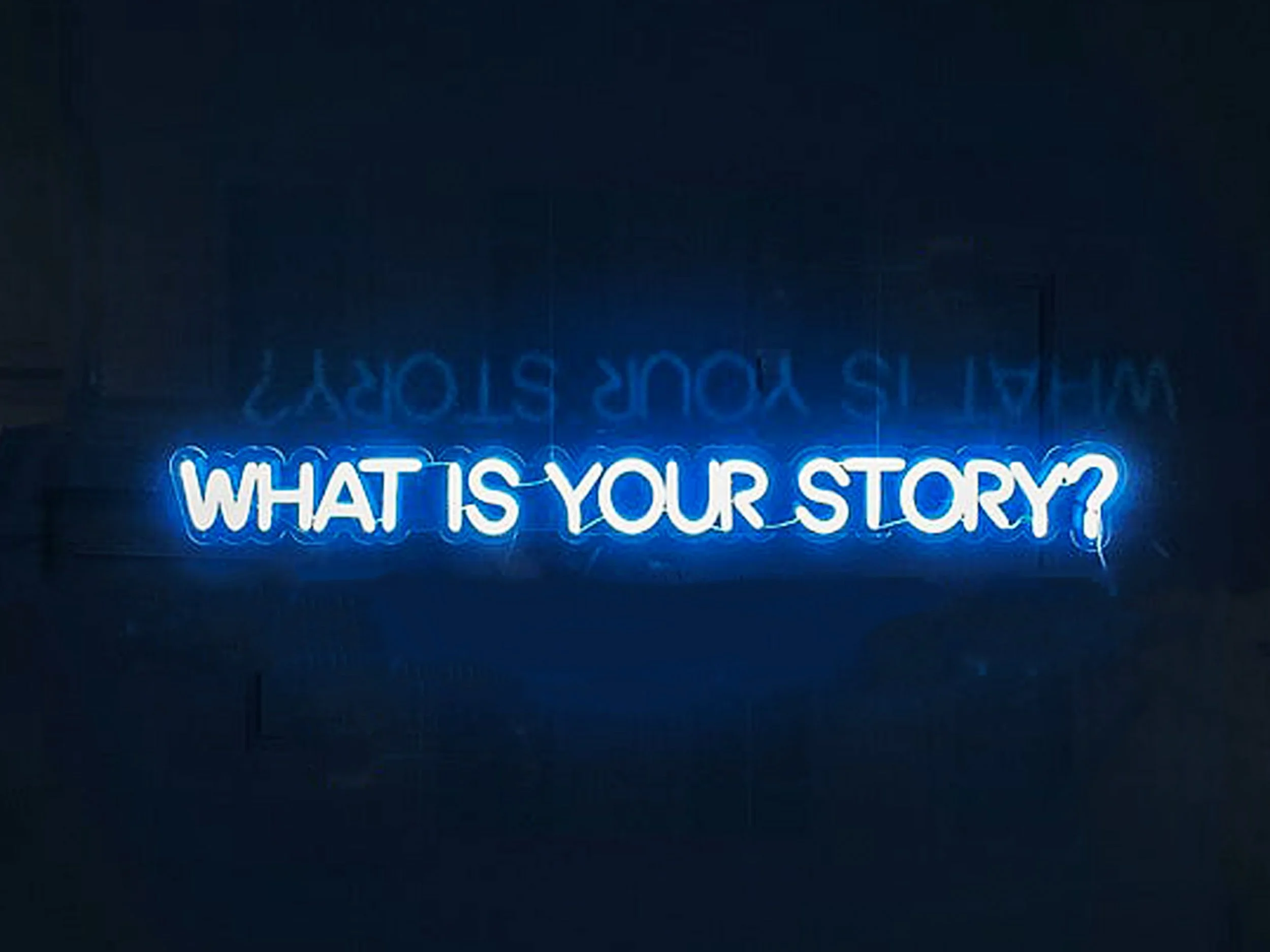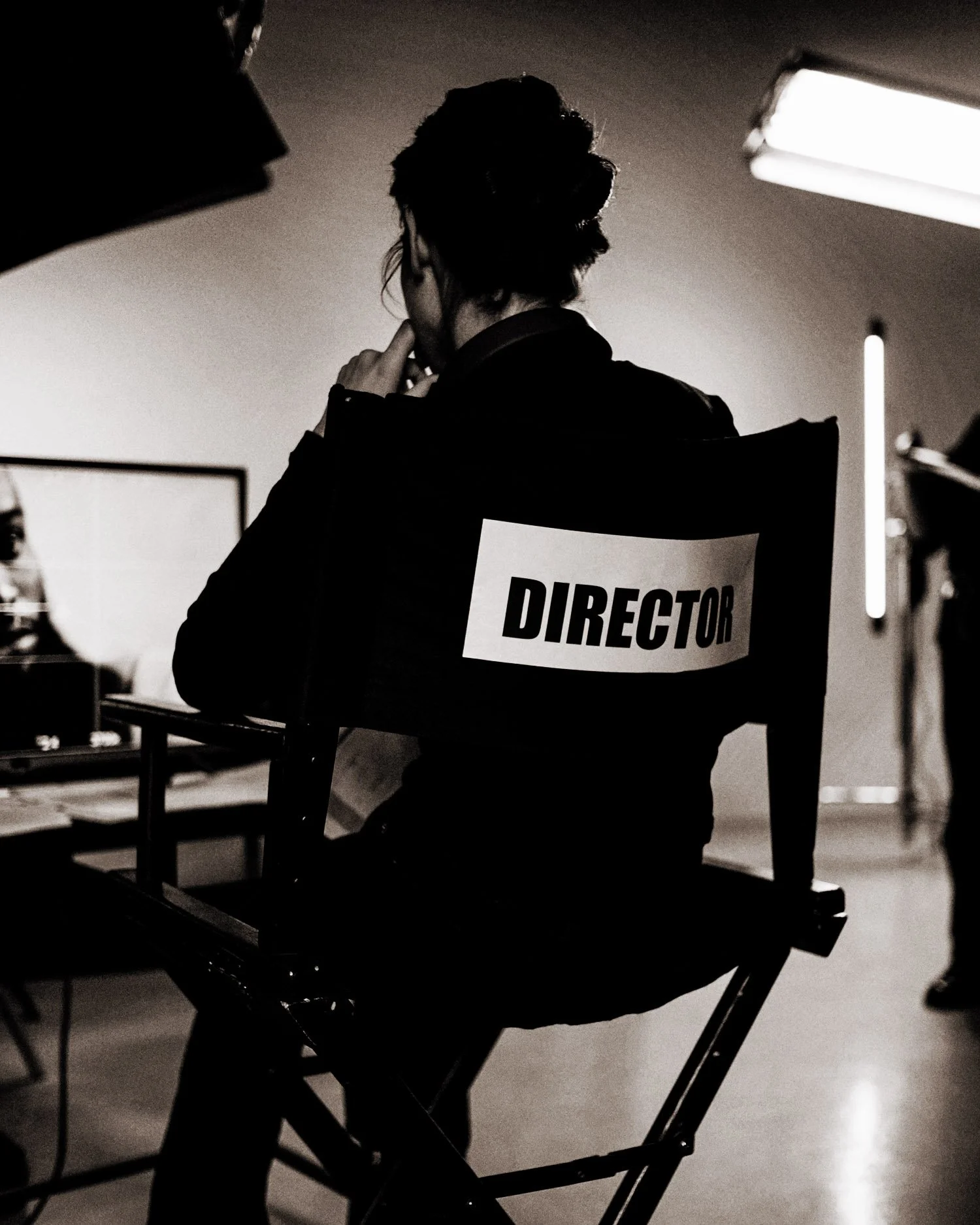BEHIND THE LENS
Insights & observations from my travels on Design, Hospitality & Hotels
Keep It Brief:
The Foundation of the Unseen Script
All projects start with a design brief. In its best form, it’s the non-negotiable roadmap that guides every single decision—from the initial sketch to opening night and way beyond.
I previously wrote about the hidden script, that unseen story that delivers the guest experience. The question then becomes, how do you actually write that script? The design brief is where you set the scene. It's where you establish the core narrative before a single brick is laid or a single employee is hired.
Forget the standard checklist. This isn't just about square footage and bed counts. It's about answering the big questions: What are we actually trying to achieve here? Who are the characters in our story? How do we know if this thing is a hit? What's the sandbox we're playing in? A great brief isn't a list of answers; it's the foundation for the right questions.
Why This Approach Creates Impact
Your Story Can’t Be Copied: A generic brief gives you a generic outcome. A tight, specific narrative provides a framework so distinct that the answers become unique to your story. The more specific you are, the more distinct the outcome—something no one else can replicate.
Stakeholder Alignment: A killer design brief creates a unified vision that everyone—from developers to operators to community partners—can rally around. It means choices aren’t a battlefield; they become inevitable steps toward the shared goal.
Measurable Success: The brief isn't just a creative document; it sets the criteria for what success looks like. That includes both the bottom line and the guest experience. When everyone knows the win conditions from the get-go, you can actually measure if you've hit your mark.
The Cross-Disciplinary Advantage
This isn’t just about putting up walls and picking out furniture. My approach is a mashup of three creative disciplines that create breakthrough positioning:
From Film: A film production lives and dies by continuity. One wrong element breaks the entire story. We apply that same rule: every guest interaction, every design choice, must serve the same narrative.
From Fashion: Fashion and costume design are all about identity. What a person wears is an expression of their personality. We use this to define how our design choices express the personality of the brand.
From Architecture: This is where we balance the functional programming of a building with the feeling, essence, and emotion of the story we're telling. This discipline grounds our vision in a tangible reality, ensuring the narrative isn't just a fantasy but a space that actually works.
This mix of creative thinking creates design briefs that are so unique, they create a distinction in the market.
Building the Narrative Foundation
In hospitality development, the brief isn't just a document—it’s the narrative bible. Every future design decision, every operational choice, and every guest interaction gets its marching orders from this core story. A film script outlines character motivations, plot, and theme; our brief establishes four key elements for our hospitality “film.”
Project Overview & Purpose: Think of this as the film's logline. It’s the single, compelling sentence that captures the essence of what we're building. What’s the experience? What’s the story we’re telling about its place and community? Why does this specific mix of vision and location matter? It’s the soul of the project.
Target Audience & Character Development: Every film knows who's in the seats. We need to understand the same thing: who's going to live in and visit these spaces, and how? This isn't just about guests; it’s also about the local community who might become our most authentic advocates. The brief maps out all these different characters and how they move through the story, from day to night, from season to season.
Functional Requirements & Plot Structure: The script lays out what has to happen in each scene. Our brief outlines how the space will actually work. That means defining revenue streams, operational flow, and how we integrate with the local community. It’s the engine of the entire operation.
Aesthetic Direction & Narrative Consistency: Film scripts are full of visual cues and atmospheric notes. Our brief sets the visual language, connecting everything from material choices to the cultural context of the location. It defines the vibe, the atmosphere, the feeling.
Implementation That Protects the Vision
The most legendary developments are those that stay true to their brief from start to finish. The brief isn’t something you file away; it’s the standard against which every decision is measured.
When stakeholders ask, “Does this choice serve our story?” instead of “Does this save us money?” you know you’re on the right track. When design choices feel like the only logical option, when community engagement happens naturally, and when staff training aligns effortlessly with the guest experience—that’s when you know the narrative foundation is driving everything.
This systematic approach protects against the dilution that happens when disconnected specialists pull in different directions. Instead of managing conflicting advice, you have a unified framework that guides every contributor toward the same distinctive outcome.
What This Means for Your Next Project
The quality of your brief directly correlates to the impact a development will have. A clear approach to building your story is the only way to protect your vision.
With the design brief established as your project’s ultimate guide, every decision has a clear "why." Material choices, operational procedures, community partnerships—they all fall into place.
Next week, I’ll dive into how to read your site and understand what the physical location itself wants to contribute to your story.




